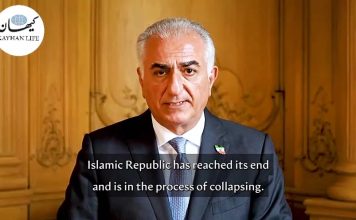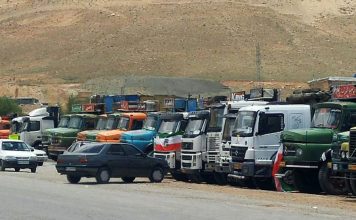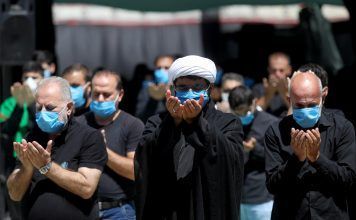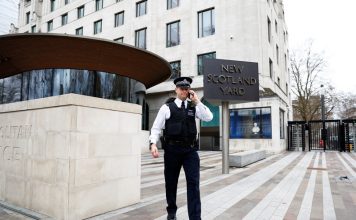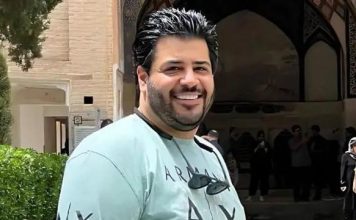The anti-government protests in Iran which began in September following the death of 22-year-old Jina Mahsa Amini while in police custody, show no signs of stopping as 2023 approaches.
Iran’s government continues to respond to the largely peaceful demonstrations with violent crackdowns, arrests and imprisonment, and the use of the death penalty for some protestors.
Dr. Kurosh Meshkat, a Persian Gulf history specialist currently at the British Library in London, talks to Kayhan Life about the Iranian regime’s response to the protests and whether the demonstrations are part of a revolution signifying the end of the regime’s rule in Iran.
“I think [the government’s decisions during the protests] portray a certain nervousness on the part of the regime,” Dr. Meshkat said during the podcast. “I think it causes a great deal of bitterness and makes a lot of people feel the government is at war with its own people. Regardless of whether there are significant changes in the short term, there’s no going back.”
Discussing the Iranian government’s handling of the protests, Dr. Meshkat said, “If you characterize the [Islamic] Republic as this anti-imperialist force that is fighting for freedom of oppressed nations and then you brutally suppress people at home, it just looks ridiculous. There’s no way to justify that.”
On the mobilization of the protests, Dr. Meshkat said young people in Iran had found “ingenious ways [in] dealing with this brutal violence and the crackdowns.”

